 Sikh shrine present in Uttarakhand state in India at a place called Lokpal, which is now associated with the tenth Guru, Guru Gobind Singh.
Sikh shrine present in Uttarakhand state in India at a place called Lokpal, which is now associated with the tenth Guru, Guru Gobind Singh.
However, what distinguishes it from other historical sites linked to the great Guru is that this site is connected to the Guru’s previous incarnation as the mighty warrior, Dusht Daman. According to some interpretations, the tenth Sikh Guru mentions this place in his composition Bachitar Natak which is found in the Dasam Granth, the second most important scripture of the Sikhs. But it was not until the twentieth century after many long years of searching that Hemkunt Sahib was finally discovered or (re-discovered).
In the Indian epic and Puranic literature, Himalayan landscapes are described as the dwelling places of gods and goddesses. Pilgrimage shrines mark the places where the landforms themselves – mountains, rivers, forests, and lakes – are said to have acquired sacred qualities. High above the tree line, in the midst of a natural rock garden of moss, ferns, and flowers, is one such sacred place: a small, blue-green lake fed by water which cascades down from the surrounding mountain walls.
Background
Located in the Uttarkhand Himalayas bordering Tibet and Nepal, it is accessible only between June and October when the sun and monsoon rains melt the ice and snow that are its namesake. Then, the steep stone footpath that leads to the lake is crowded with pilgrims and tourists. They journey to the base of the route on foot from neighbouring mountain valleys, or from the plains in buses, cars, and trucks, on scooters and bicycles, even by foot. Then for two days they climb upward. Some walk, some ride mules, and some are carried by porters.
Finally, at the top of more than a thousand stone steps, the holy lake, the Sri Hemkunt Sahib Gurdwara, and the Sri Lakshman Mandir come into view. High in the snow capped mountains of the Himalayas this site has been hidden from sight for eons. For thousands of years this place has remained unknown to humans, a place of utter beauty and peaceful serenity. Here a natural lake lies on a plateau at a height of 15,000 feet surrounded by seven snow clad peaks. To the Sikhs this place is known a Hemkunt Sahib.
Before this site was discovered by the Sikhs it was known locally as Lokpal, which translates to ‘protector of the world’. Long a place of worship and pilgrimage by the local Hindu population, a place linked to the hindu trinity of the creator – Brahma, the sustainer – Vishnu and the destroyer – Shiva. The Vedas and Purana texts of ancient India mention the Himalayas as the abode of the gods and goddesses, the locals tell a modified version of the Ramayana which actually is cast in far off Lanka (Sri Lanka). tales of Lakshman, Vishu and Hanuman.
In the historic version Lakshman the brother of Rama is mortally wounded in battle while he is leading Hanuman’s army of Monkeys against some demons sent by Raavana the villianous Demon Ruler of Lanka who has stolen Sita the wife of Rama. To save the fallen hero the Hindu God Hanuman jumps all the way from Lanka (Sri Lanka) to the Himalayas to get a rare plant that will save Lakhsmans life.
In the local version Lakhsman, was brought to the shores of this lake by his wife. Here she prayed to Hanuman the (Vanara) or monkey god to save Lakhsman’s life. Hanuman heard her prayers and found the life giving herb called Sanjivani Bhutti, this was given to Lakshman and he was revived. The gods were overjoyed and went to Lord Bramha to give thanks, seek his blessing and protection from the demons who ravaged the world. In their version the myth of Hanuman and Lakhsman has been blended with Sikhi to include Guru Nanak and Guru Gobind Singh, whereby Lord Brahma told them that only Nanak the ‘saviour of the universe’ can assist them in his tenth incarnation, in which, the tales relate, he will destroy evil and tyranny and will become the protector of the holy people.
Detailed History
Sikhs believe that this holy place, known as Hemkunt (lake of ice/lit. cut in the snow), is the tap asthan (place of meditation and prayer) at which the tenth and final living Guru of the Sikhs achieved union with God in his previous incarnation. From there, the Guru was summoned by God to be reborn into the world to teach the people the true path. The temple built on the shore of the lake commemorates his mission. It also shelters the Guru Granth Sahib, the eternal scriptural Guru for the Sikh community. The community is itself recognized as a collective Guru, and pilgrims, as they walk the path toward Hemkunt, share the sacred journey with its members.
In this way, all three forms of the Guru – the source of spiritual guidance – are understood to be present at Hemkunt. Sikh pilgrims go there to be inspired to walk the same difficult path that the Guru walked, both in body and in spirit, and to, through the Guru’s grace, realize their connection with God in the same place where the Guru realized his. At Hemkunt Sahib, Sikhs feel closer to the Guru and, through the Guru, closer to God. Gurudwara Hemkunt in the Himalayas is also regarded as one of the holiest places of the Sikhs. It was there that Sri Guru Gobind Singh the tenth and last Guru of the Sikhs is reported to have meditated in his previous life.
Shri Hemkunt Sahib Yatra Video
 Amritsar Temples Photo Gallery, Famous Temple and Gurdwara Pictures, Information and History Amritsar Temples is the best place where you find beautiful collections of Amritsar Temple pictures, Info and history like golden temple, durgiana mandir, model town, mata lal devi mandir, shivala bagh bhayian and more. Amritsar Famous Temples, History, Information, About Historical Mandir, Golden Temple Pictures, Harmandir Sahib Gurdwara, Swarn Mandir, Darbar Sahib Amritsar, Durgiana Mandir Amritsar, Bada Hanuman Mandir Amritsar, Holy City Amritsar Pictures, Famous Amritsar Places, Shivala Bagh Bhayian Mandir,Bhadra Kali Mata Mandir, Chintpurni Mata Mandir, Ram Talai Mandir, Ram Tirath, Model Town, Mata Lal Devi Mandir, Shaheeda Sahib Gurdwara, Vaishno Devi Mata Bhawan Pictures, Radha Sawami Baba Ji Pictures, Veer Bhan Shivala, Gurdwara Chheharta Sahib, Sankat Mochan Hanuman Mandir, Gurdwara San Sahib, Banke Bihari Mandir, Gurdwara Goindwal Sahib, Baba Budha Sahib, Bohli Sahib, Itihasik Temples Pictures Download, Baba Bhoot Nath Maha Kaleshwar Mandir
Amritsar Temples Photo Gallery, Famous Temple and Gurdwara Pictures, Information and History Amritsar Temples is the best place where you find beautiful collections of Amritsar Temple pictures, Info and history like golden temple, durgiana mandir, model town, mata lal devi mandir, shivala bagh bhayian and more. Amritsar Famous Temples, History, Information, About Historical Mandir, Golden Temple Pictures, Harmandir Sahib Gurdwara, Swarn Mandir, Darbar Sahib Amritsar, Durgiana Mandir Amritsar, Bada Hanuman Mandir Amritsar, Holy City Amritsar Pictures, Famous Amritsar Places, Shivala Bagh Bhayian Mandir,Bhadra Kali Mata Mandir, Chintpurni Mata Mandir, Ram Talai Mandir, Ram Tirath, Model Town, Mata Lal Devi Mandir, Shaheeda Sahib Gurdwara, Vaishno Devi Mata Bhawan Pictures, Radha Sawami Baba Ji Pictures, Veer Bhan Shivala, Gurdwara Chheharta Sahib, Sankat Mochan Hanuman Mandir, Gurdwara San Sahib, Banke Bihari Mandir, Gurdwara Goindwal Sahib, Baba Budha Sahib, Bohli Sahib, Itihasik Temples Pictures Download, Baba Bhoot Nath Maha Kaleshwar Mandir

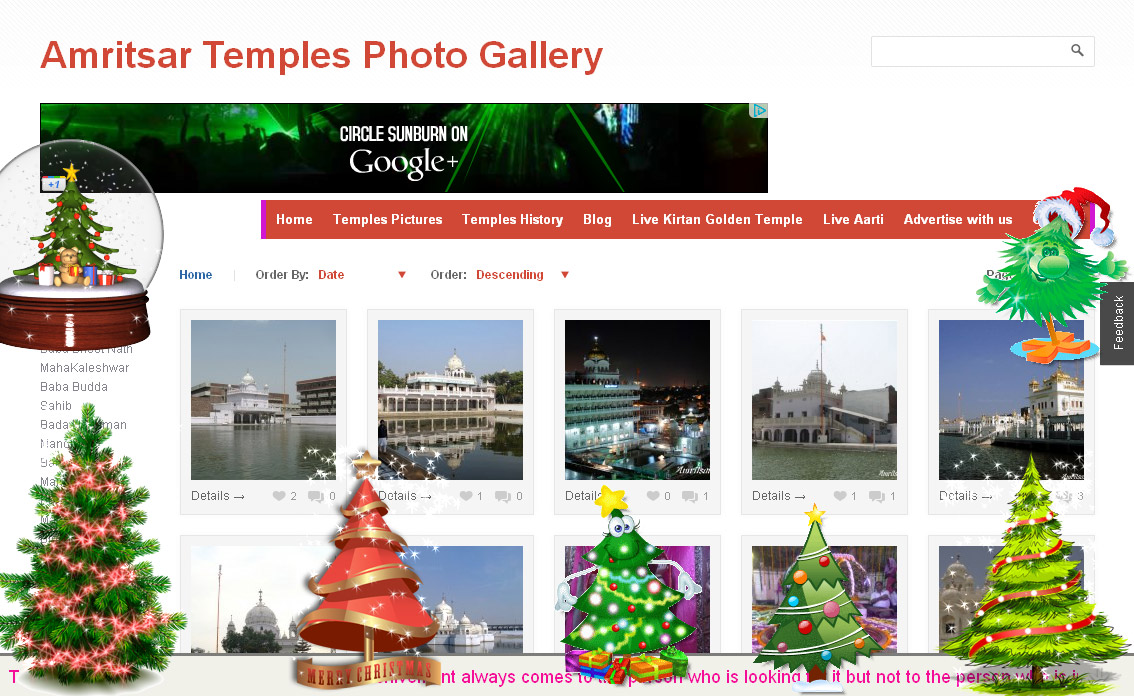
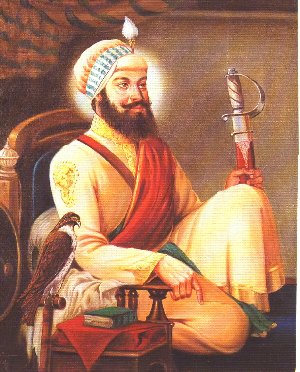
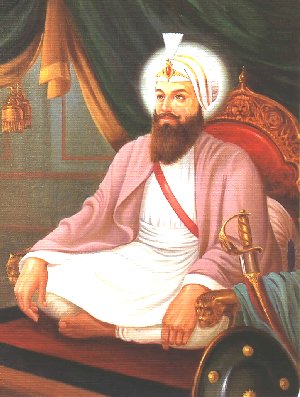
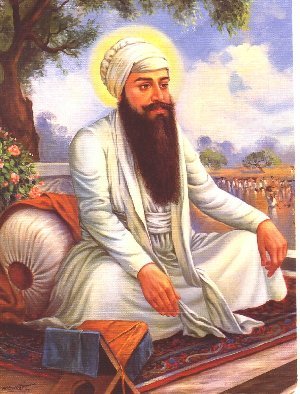
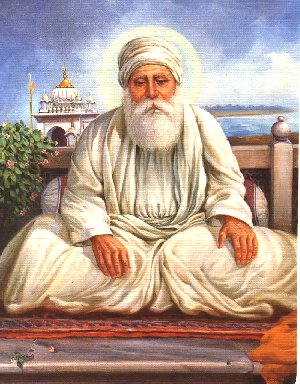
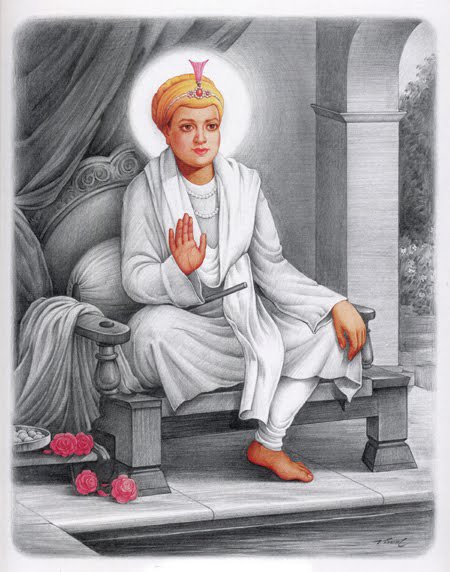
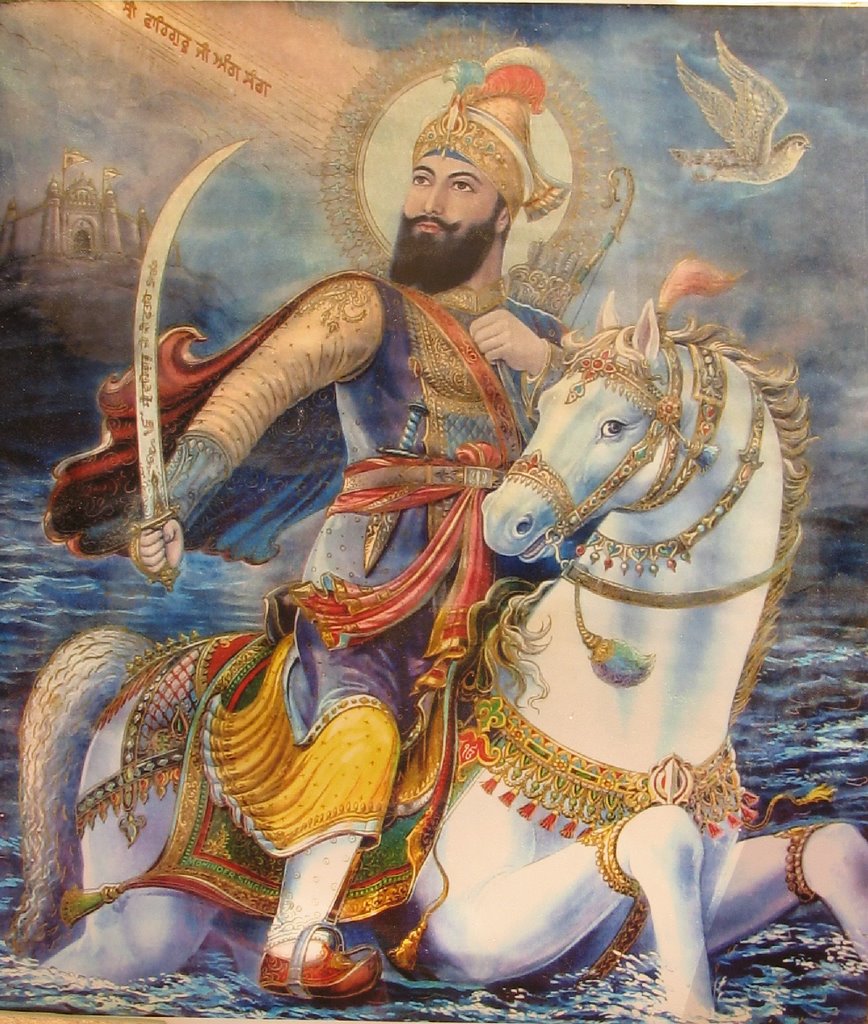
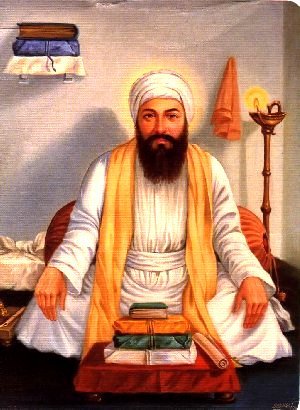
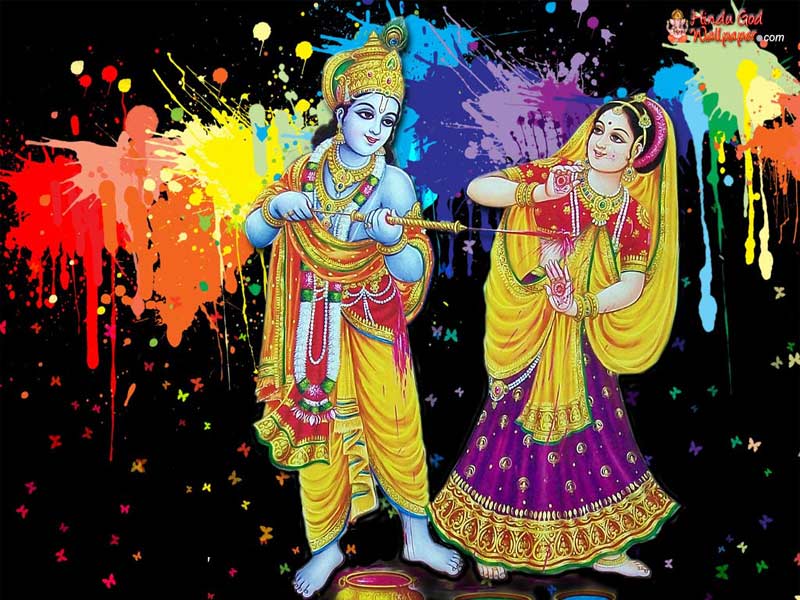


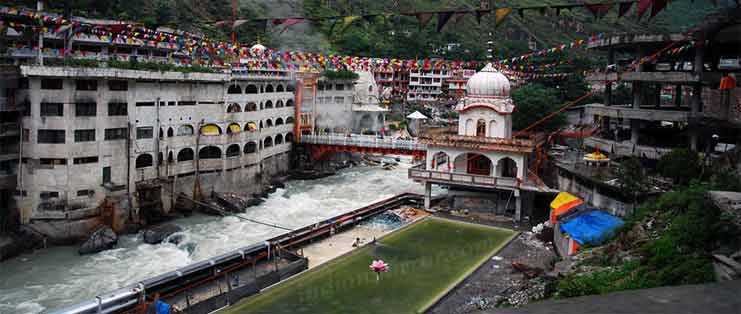
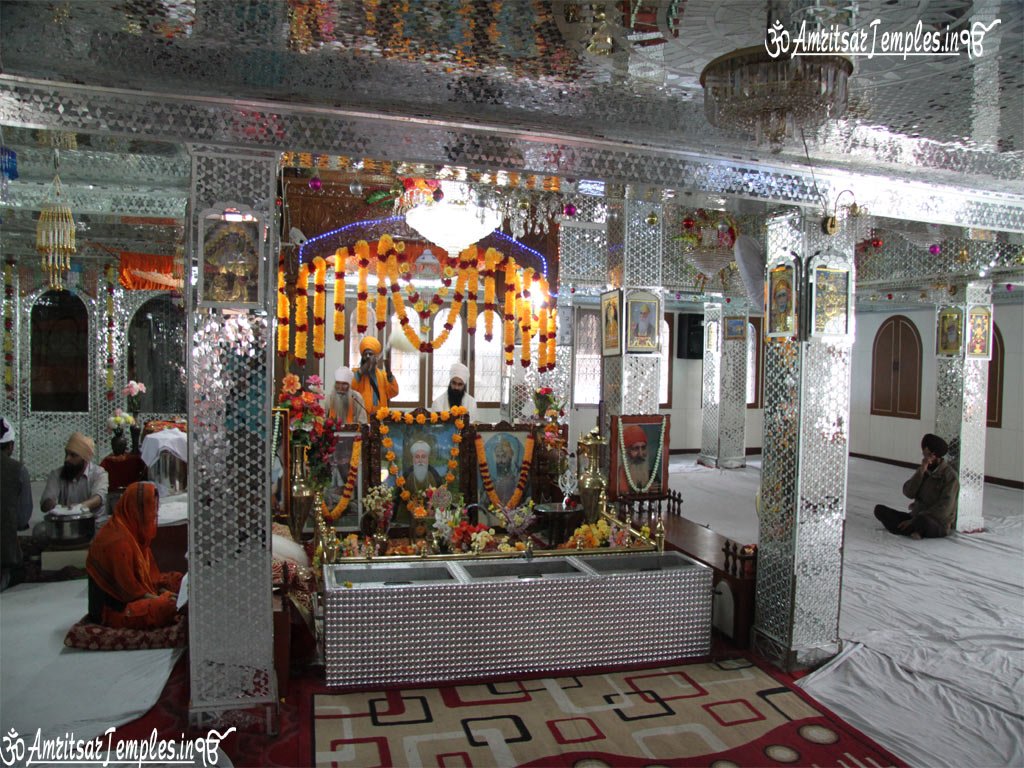
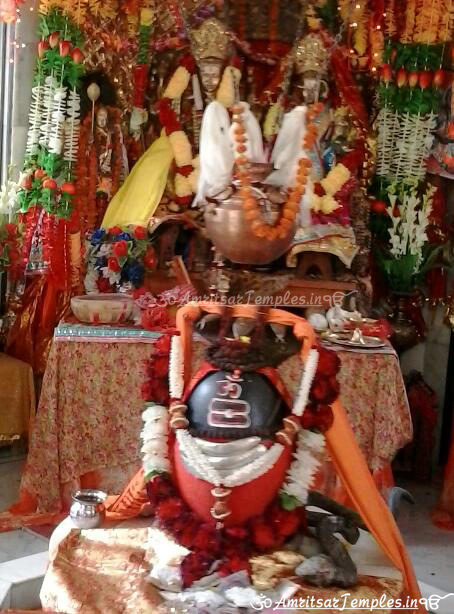
Tremendous issues here. I am very glad to look your post. Thank you a lot and I am having a look ahead to touch you. Will you please drop me a mail?